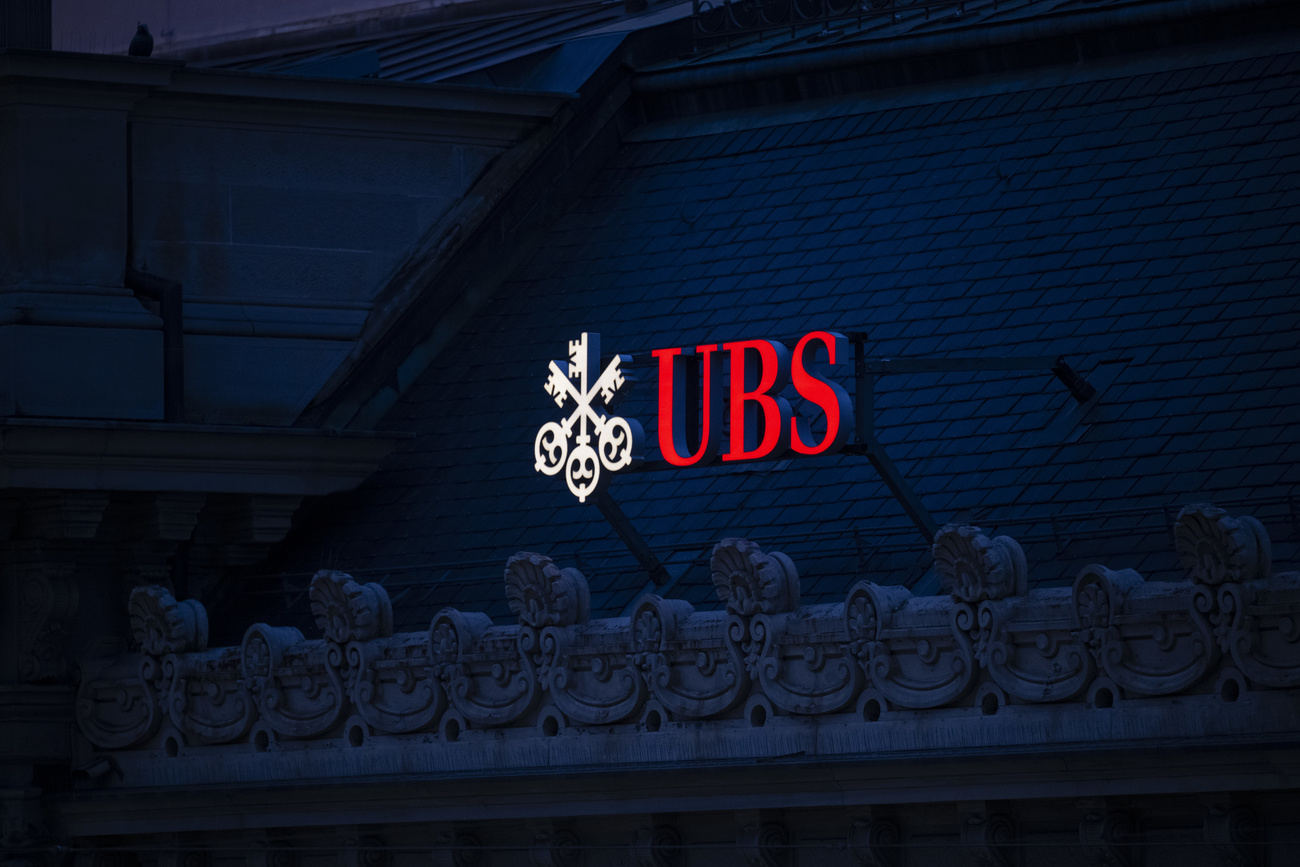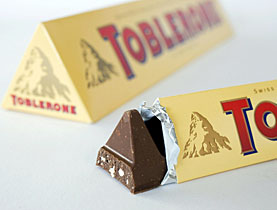Life is not so sweet for chocoholics

Chocolate lovers in Switzerland have received a shock with the news from an industry expert that prices for the finished product are set to rise 15-18 per cent.
Patrick de Maeseneire, CEO of the Zurich-based Barry-Callebaut company – the world’s largest chocolate manufacturer – told the Handelszeitung newspaper that a 100g bar could go up in price by 12 per cent.
He blamed higher prices of raw materials in particular for the expected rises.
“I’m not surprised because the price of cocoa is at its highest for 22 years. It’s doubled within a year so it’s an expected reaction,” Franz Schmid, director of the Swiss chocolate umbrella organisation Chocosuisse told swissinfo.
“Every increase of a raw material cost is not good news… if you pass it on to the customer, it’s not a popular message.
Lindt & Sprüngli, which produces premium chocolate near Zurich, has also been feeling the effects of higher raw material costs.
“The price of milk powder doubled in the second half of 2007, the price of cocoa on the London futures market rose by more than 70 per cent in pounds sterling from early January to June this year and to make matters worse the economy was faced with continuous increases in energy and transport costs,” spokeswoman Silvia Kälin told swissinfo.
“All these factors have already necessitated a price increase of our products during the first half of this year for both regular and seasonal products.”
Beans and butter
Cocoa beans and cocoa butter are the main raw materials for chocolate and so the price of chocolate naturally depends on the evolution of those prices.
But Kälin explained that the ratio between supply and demand on the world cocoa market was basically balanced and the prevailing supply situation was in principle secure.
“The extremely steep increases in prices must be attributed largely to some market speculation on the commodity markets,” she said.
Robin Tickle, spokesman at the world’s largest food company, Nestlé, said it was clear that long-term increases in the prices of raw materials would have an impact on costs.
“If you have a good procurement strategy, you can dampen the effects. It doesn’t necessarily mean that the costs are passed on one-to-one to the consumers,” he told swissinfo.
“About 20 per cent of our product portfolio is subject to innovation and renovation every year. This innovation is driven by the SFr1.9 billion ($1.68 billion) that we spend every year on research and development.
“Added value”
“With added benefits the consumer might be prepared to pay more. Often if we increase prices, it’s because we’ve added value,” Tickle said.
Kälin explained it was not possible for the company to protect itself from all the developments on the commodity markets, “but there are continuing efforts to improve efficiency, optimise cost management and very importantly have a very efficient supply management of the raw materials”.
She said it was out of the question to lower the chocolate quality.
“Whatever happens, we will never compromise the quality of our raw materials, the processing and the finished product by outsourcing one or several steps of our chocolate production.”
“A treat”
She added that in previous difficult economic situations people might have consumed less chocolate in quantity but they remained faithful to quality. That may well be the case now.
“They will say: ‘If I buy chocolate, I really want to give myself a treat’,” she said.
Schmid at Chocosuisse tried to put a brave face on the expected increases.
“Every change of the offer influences the demand. If you have to increase prices, probably you will have less consumed but chocolate is not that expensive and we hope that people can afford to eat the same amount,” he said.
“It’s a difficult message. Consumers will see on the shelves that they have to pay a little more but we hope to maintain the pleasure with our chocolate.”
swissinfo, Robert Brookes
Figures from the Association of Swiss Chocolate Manufacturers, Chocosuisse, show that 93,501 tonnes of chocolate products (including imports but excluding cocoa and chocolate powder) was consumed in Switzerland in 2007.
Based on a population of 7.6 million, this means Switzerland has an average per capita consumption of 12.3kg a year, ranking it first among the consumer countries.
But beware: this consumption figure also includes the purchases of people on holiday in Switzerland and those who drive over the border just to buy Swiss chocolate.
“Swiss chocolate” is a completely conched (refined) chocolate or chocolate mixture made of cocoa beans, cocoa mixture, cocoa butter, sugar and in some cases milk, manufactured entirely in Switzerland.
Top cocoa producers (2006/7 harvest)
1) Ivory Coast
2) Ghana
3) Indonesia
4) Nigeria
5) Brazil
6) Cameroon
7) Ecuador

In compliance with the JTI standards
More: SWI swissinfo.ch certified by the Journalism Trust Initiative












You can find an overview of ongoing debates with our journalists here . Please join us!
If you want to start a conversation about a topic raised in this article or want to report factual errors, email us at english@swissinfo.ch.